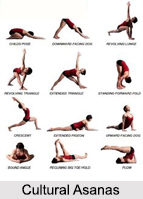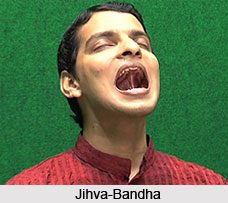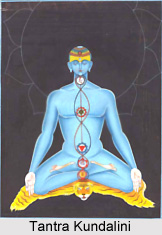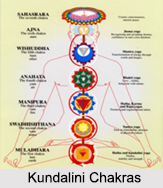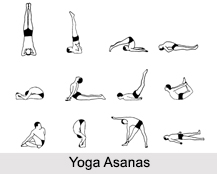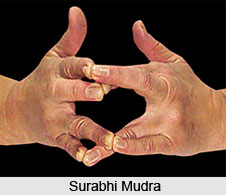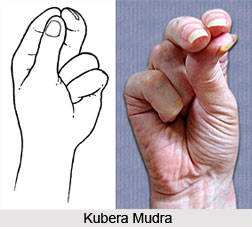The fifth yoga sutra states about the significance of consciousness and its ill effects. It gradually branches into different paths, creating multiple thoughts and giving rise to dichotomies, and disagreements between words and deeds. And this generates the feel of yearning and fulfilment. A deficiency in understanding gives rise to vacillations, doubts, covetousness and distress. These are termed by Patanjali as `weeds` of the consciousness. And these can be disposed by discriminative thoughts, obtained through yogic practice and a state of absolute silence. And when this happens, the consciousness and intelligence is filled with nature`s energy, and it has already been cleansed up.
pravrtti moving forward, proceeding, progressing
bhede difference
prayojakam effect, usefulness, benefit
cittam consciousness
ekam one
anekesam numberless, numerous
Consciousness is one, but it branches into many different types of activities and innumerable thought-waves.
Consciousness, though single, directs multiple thoughts, sometimes creating discrepancies between words and deeds. It is indirectly responsible for several activities, and becomes the source of desires and their satisfaction. If it stops directing thoughts, the need to culture the consciousness towards transformation (nirmana citta) does not arise.
Patanjali wants everybody to channelise the energies of the multiple mind in the right direction, so that no discrepancies or distortions arise among words, thoughts and deeds.
It has already been said that multiple thoughts arise from the sense of `T` consciousness in the sphere of activity. Owing to lack of understanding - avidya, their fluctuations create doubts, confusion, desires and avarice, bringing sufferings that disturb the mind. These are `weeds` of the mind (vyutthana or nirmita citta). By using the discriminative faculty (mrodha citta) gained through yoga, and analysing the fluctuating changes, the weeds are eradicated and a state of silence (prasanta citta), is created - an intermediate state between the original, universal mind and the individual mind. In that state of silence, comes a refining and purifying spark from within (divya citta). When this occurs, nature becomes a real friend to consciousness culturing and transforming it, with its abundant energies, and cleansing the intelligence of the heart. Intelligence and consciousness then realise that they are one, not disconnected and different, and all sorrows and joys reach a culmination.
The intelligence of the heart is nothing but the seer, in whom both intelligence and consciousness rests and remains forever, with purity and divinity.

